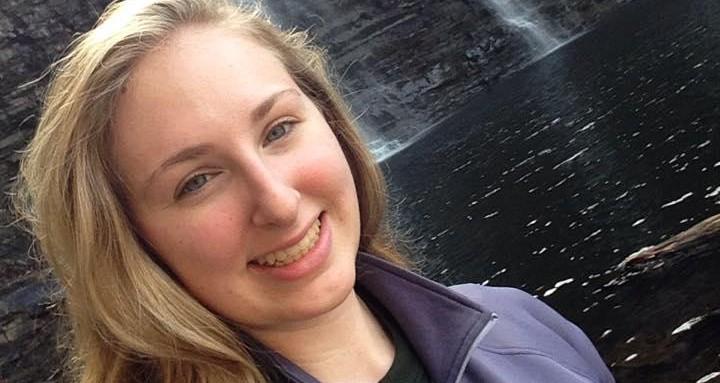November 2015 to May 2018
The effect atmospheric composition has on the weathering of the Martian surface near the Martian Polar Cap regions
Having experience in meteorology, astronomy and geology, I thought it would be interesting to create a multi-departmental research project. This project was developed to study the varying atmospheric conditions throughout Mars’ various seasons and how changes in atmospheric composition can alter weathering on its surface. The presence of CO2 in Mars atmosphere can determine the buildup of ice found near the Martian Polar Regions and the severity of weathering found on the surface of Mars. This study was developed to create a better understanding between the correlation of the Martian seasons and the chemical composition of Mars atmosphere. Studying composition with weathering observed on the surface of the planet can help learn more about the effects of CO2 and the ideal chemical composition of the atmosphere that can positively aid in the growth of the Martian polar caps.
When conducting research on a planet it becomes difficult to obtain portions of data for analyzing. By consulting with experts in the field, various data collecting techniques were put together to help this project run smoothly. The use of outside articles and information collected from various satellites will allow for easier monitoring of the surface and atmospheric conditions as well as for a more in-depth report on the atmospheric composition. Using the 16” Meade Rice Creek Telescope, I studied the planet at all hours of the night using a spectrograph. I have learned that patience is really the key when researching because there were always so many factors that could hinder my data collecting. Being able to wait for the perfect night, great weather conditions, and Mars at an optimal spot in the sky were very important. With this project, the study has become over a year long process. Tracking Mars throughout its seasons can allow for more accurate data and analysis, and hopefully this project can be conducted and carried out by other students after I graduate.
One of my favorite projects I have worked on at Rice Creek is mastering the Spectrograph and Charged Coupled Device (CCD), which are two vital instruments that are used to collect data from the Rice Creek telescope. We calibrated the spectrograph using Helium and Hydrogen Filament tubes and collecting images with the CCD. In the image, the red glow is coming from the helium tube, and then the computer allows for the side by side comparison of the spectral lines of the element. One of the most challenging projects to conduct was to capture an image of a nebula using the CCD. Using the Trapizium, found in the Orion Nebula in the constellation of Orion we were able to capture a beautiful image of the gases surrounding the stars seen in the black and white photo.
I am from South Valley Stream which is a town on Long Island, New York. I have always loved science and knew from a very young age that I wanted to be a scientist. I have always loved astronomy, finding our universe to be so fascinating and have always enjoyed learning about Earth Science in school. I think it was my eighth-grade earth science class when I learned that Environmental Earth Science was right for me and my interest for science only grew from there. Since coming to Oswego, I have had so many opportunities to focus my learning on science and that is when I found my niche.
After I graduate in May of 2018, I plan on continuing my education and earning my Master’s degree. I hope to work for a state park aiding in conservation work, or earning a government position with the Environmental Protection Agency. It would be a dream to work with a company such as NASA conducting astrogeology work.



